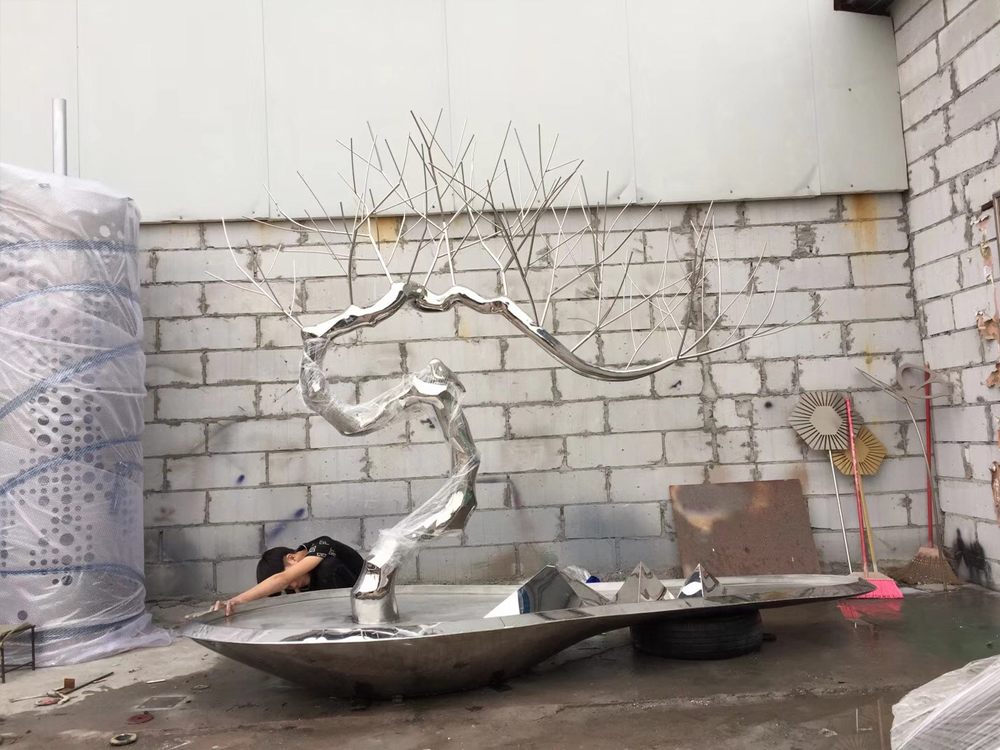
Bronze sculpture techniques evolved significantly from ancient Greece to the Renaissance, reflecting advancements in artistry and technology. Ancient Greek bronzes, created between the 8th and 1st centuries BCE, primarily used the lost-wax (cire perdue) method but often employed piece-mold casting for larger works. These sculptures emphasized idealized human forms, with hollow-cast bodies to reduce weight and material costs.
Renaissance sculptors, however, refined the lost-wax process into a more precise technique. Artists like Donatello and Ghiberti introduced innovations such as:
1. Direct wax modeling for greater detail
2. Improved core stabilization to prevent cracking
3. Thinner, more uniform walls in castings
4. Advanced chasing and finishing methods
A key difference lies in surface treatment. Greek bronzes were often painted or inlaid with precious materials, while Renaissance works focused on intricate patinas and gilding. The Renaissance also saw the revival of life-sized freestanding figures, a tradition largely lost since antiquity.
Both eras shared a reverence for human anatomy, but Renaissance artists benefited from:
- Better metallurgical knowledge
- More sophisticated workshop tools
- The study of surviving classical examples
- The development of preliminary clay models
These technical advancements allowed Renaissance sculptors to achieve unprecedented levels of realism and emotional expression in bronze, while still paying homage to their Greek predecessors' foundational methods.

